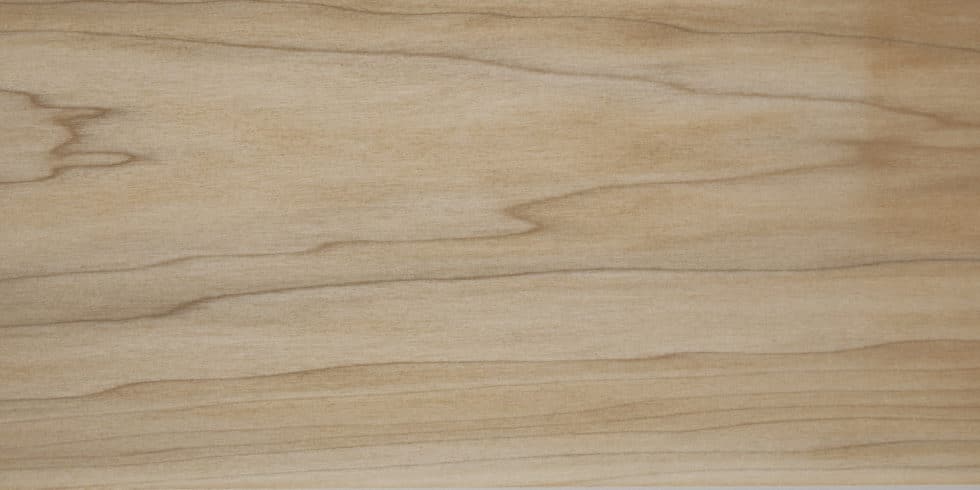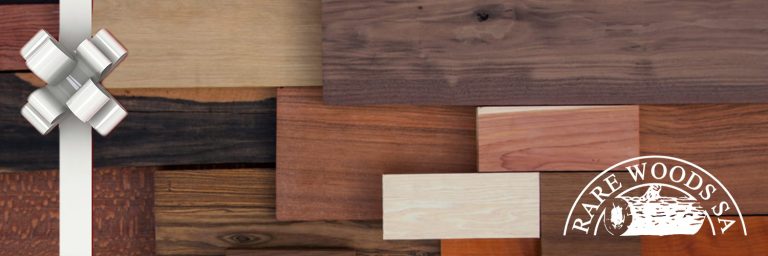Poplar (American Tulipwood)

The Yellow Poplar (Liriodendron Tulipifera) tree is the tallest of all Eastern US hardwoods; the wood it yields is some of the least dense. Yellow Poplar is characterized by a light muted cream color, often with mineral-stained streaks typically of gray and/or green. (Sapwood is ivory- to white-colored, easily distinguished from the heartwood.) Although, traditionally, Poplar has been long considered a “utility” type of lumber, the wood’s straight, uniform grains and medium texture affords it very cooperative working properties, and it glues and finishes well when finely sanded.
Yellow Poplar is moderately durable, in spite of its inherent light weight and low density, which has seen it commonly used for crates and pallets throughout the US.
Not listed in the CITES Appendices or on the IUCN Red List of Threatened Species.
Why We Love This Wood
The aesthetically desirable of Yellow Poplar boards is often referred to as "Rainbow Poplar;" so named for its muted mineral-stained color streaks, which truly span the rainbow. (... with red, orange, yellow, green, indigo, purple and black hues all possibly present and not uncommon.)
It is interesting to note that the tree is not actually a true Poplar (of the Populus genus), is a member of the Liriodendron genus. Liriodendron is Latin for ?lily tree.? After the tree buds, its flowers have a simlar hourglass shape to that of tulips -- earning it the other common name by which its known of "Tulip Poplar."
Client Creations
Quick Look

A Popular Choice in
Vital Statistics
| Main Color Group | Light Brown |
| Grain Pattern | Even |
| Avg Dry Weight - LB/BF | 2.4 |
| Avg Dry Weight - KG/M3 | 455 |
| Janka Hardness - LBF | 540 |
| Janka Hardness - N | 2400 |
Pricing
Description
Grade
UOM
Price
Pre-cut Sizes
0 resultsType
Dimensions
Grade
Price
Lumber Packs
0 results
